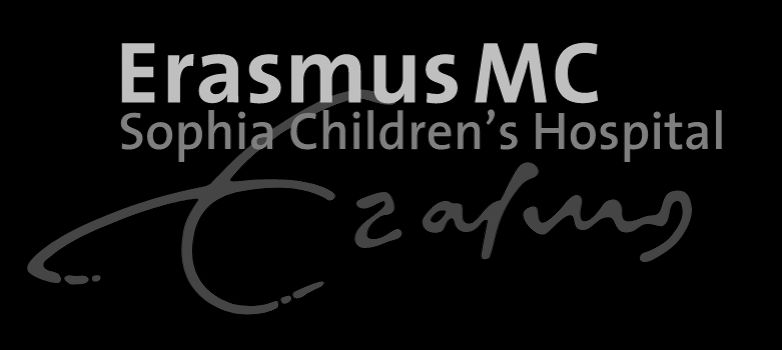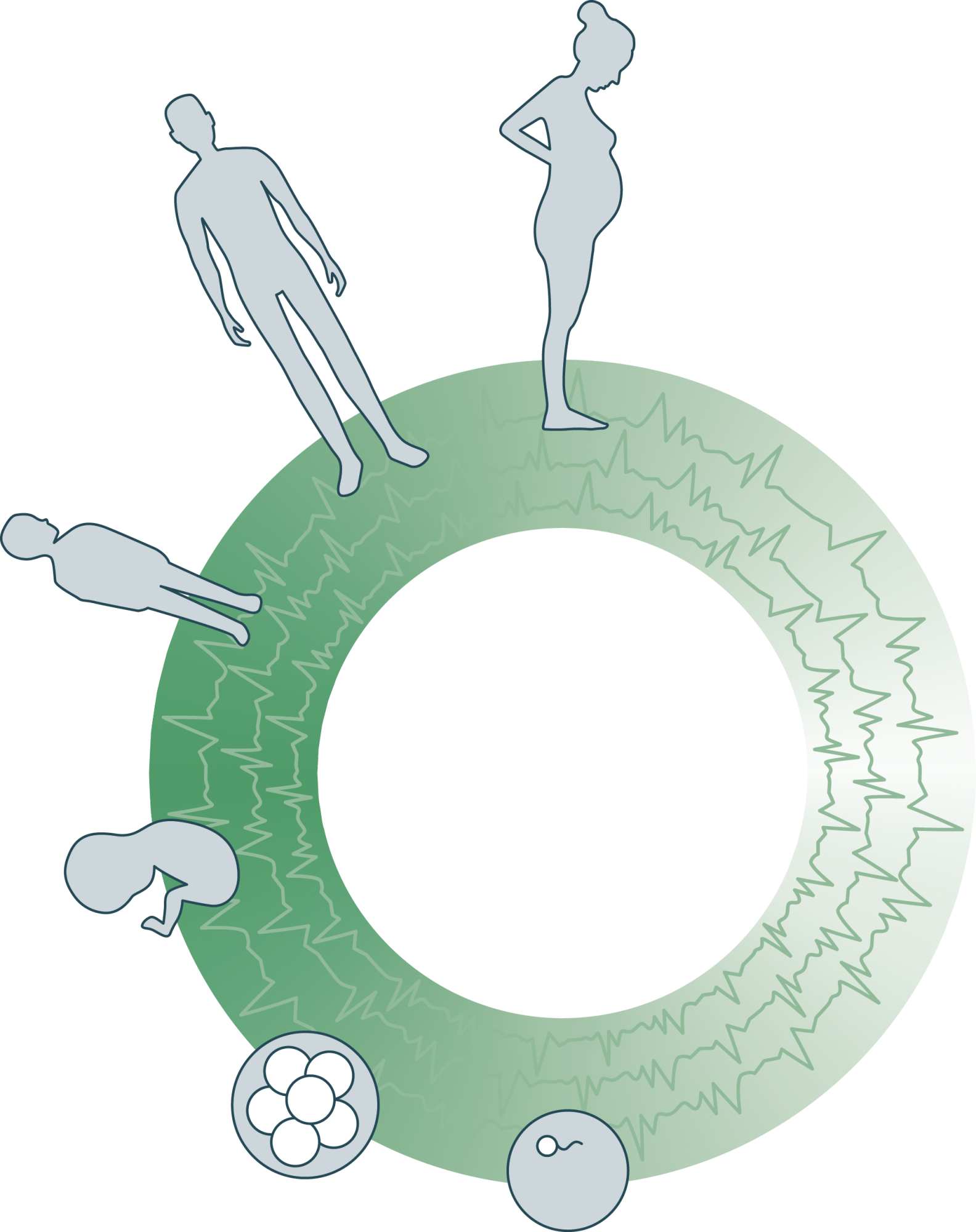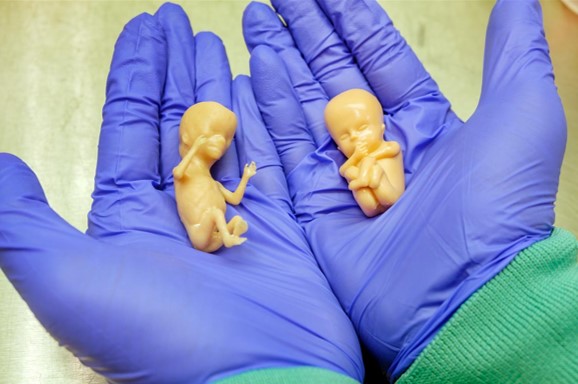
Ethical statement
It is only after the decision of the parents to terminate their pregnancy, that the gynecologist will provide the option to donate the embryo or fetus to science, as an alternative to cremation or burial. If the parents are open for this option the gynecologist will explain and discuss the procedure and consequences of donating an embryo or fetus to science. All embryos and fetus, whether effected or not by an aneuploidy, are in principle eligible for donation.
If all questions have been answered and the parents decide to donate, the procedure will be initiated. The parents need to complete and sign the forms to specify the donation. After delivery and private moments, the child will be transferred to the Dutch Fetal Biobank. This is also the last moment that the parents can refrain from donation. After transfer to the Biobank, the embryo/fetus is completely anonymized, meaning that no personal data are provided to or stored by the Biobank except of the karyogram and estimated age. The material is from this moment available for scientific research.
If researchers have an interest in the material, they need submit an application which is judged by an independent scientific ethical committee, comprising a medical specialist, an ethicist, a jurist and a member that represents the parents. The registration number of the ethical committee is METC2016_285. The application will be judged on scientific quality, whether the proposed use is within the Dutch law, and whether the material will be used in a respectful way. Moreover, material will not be provided to a commercial enterprise.
Citation policy
1. Why a citation policy?
The Dutch Fetal Biobank is provided as scientific resource. This means that scientific researchers are allowed to use this resource for educational and academic research purposes and other non-commercial activities. While we encourage academics to use our resources for these purposes, we want to ensure our content is afforded proper citation as specified below in all cases where it is used publicly.
If you are unsure about how to cite our work, please contact us.
Please send us a copy of your publication or other work citing our resources to fetal.biobank@amsterdamumc.nl. This helps us to track when and how our content is being used, guiding us for our continued efforts to provide useful open access resources.
In case you would like to use any resources from the Dutch Fetal Biobank and derivative projects for any other purposes (e.g. for any commercial activities), please contact us to discuss the options of a license agreement.
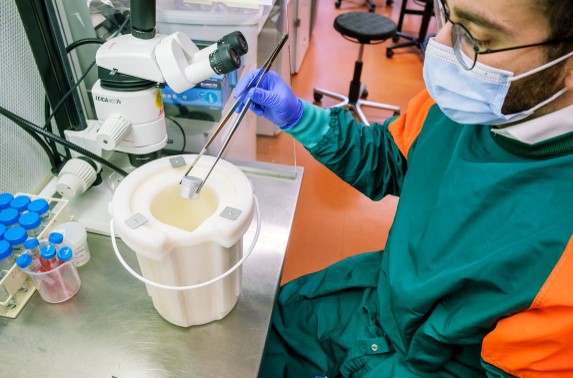
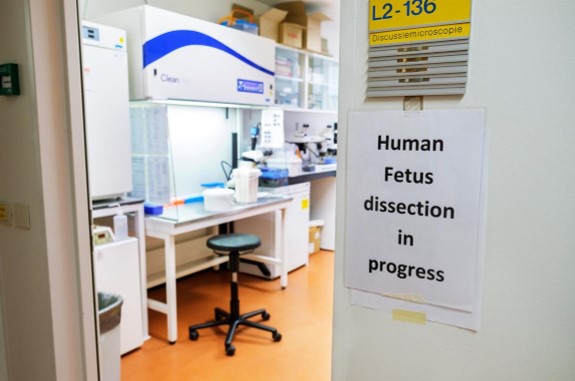
2. Citation guidelines
2.1 General
If you cite or display any of the images or content from the Dutch Fetal Biobank in any format; written or otherwise (including print or web publications, presentations, grant applications, websites, or other online applications such as social media or blogs), you must follow the Citation Guidelines, specified below.
2.2 Primary publication
In cases where there is a primary publication for a specific featured image or resource, cite both the key publication and the website. Citation of the primary publication is essential when citing the resource in a scientific publication. Content for which there is a primary publication will be clearly specified. Only in cases where citation of a primary publication is not feasible, citation of the website is sufficient.
2.3 No primary publication
For images or any other content obtained from the Dutch Fetal Biobank, where citation of a primary publication is not feasible, use the following citation:
“BS de Bakker & MJB van den Hoff et al. Dutch Fetal Biobank, Amsterdam UMC. Available from: www.fetalbiobank.com”
3. Primary publication citations for data/resources featured on this site:
3D embryological reference models, histological sections, and 3D-printed models:
BS de Bakker et al.. An interactive three-dimensional digital atlas and quantitative database of human development; Science. 2016 Nov 25;354(6315). pii: aag0053. DOI: 10.1126/science.aag0053.
Micro-CT imaging data of human embryos and fetuses
Y Dawood et al. Imaging fetal anatomy; Semin Cell Dev Biol. 2022 Nov; 131:78-92. doi: 10.1016/j.semcdb.2022.02.023.
Micro-CT data of a 6-week old human embryo
Dawood Y, de Bakker BS. Micro-CT of early human development; Radiology. 2020 Oct;297(1):32. doi: 10.1148/radiol.2020201660.



